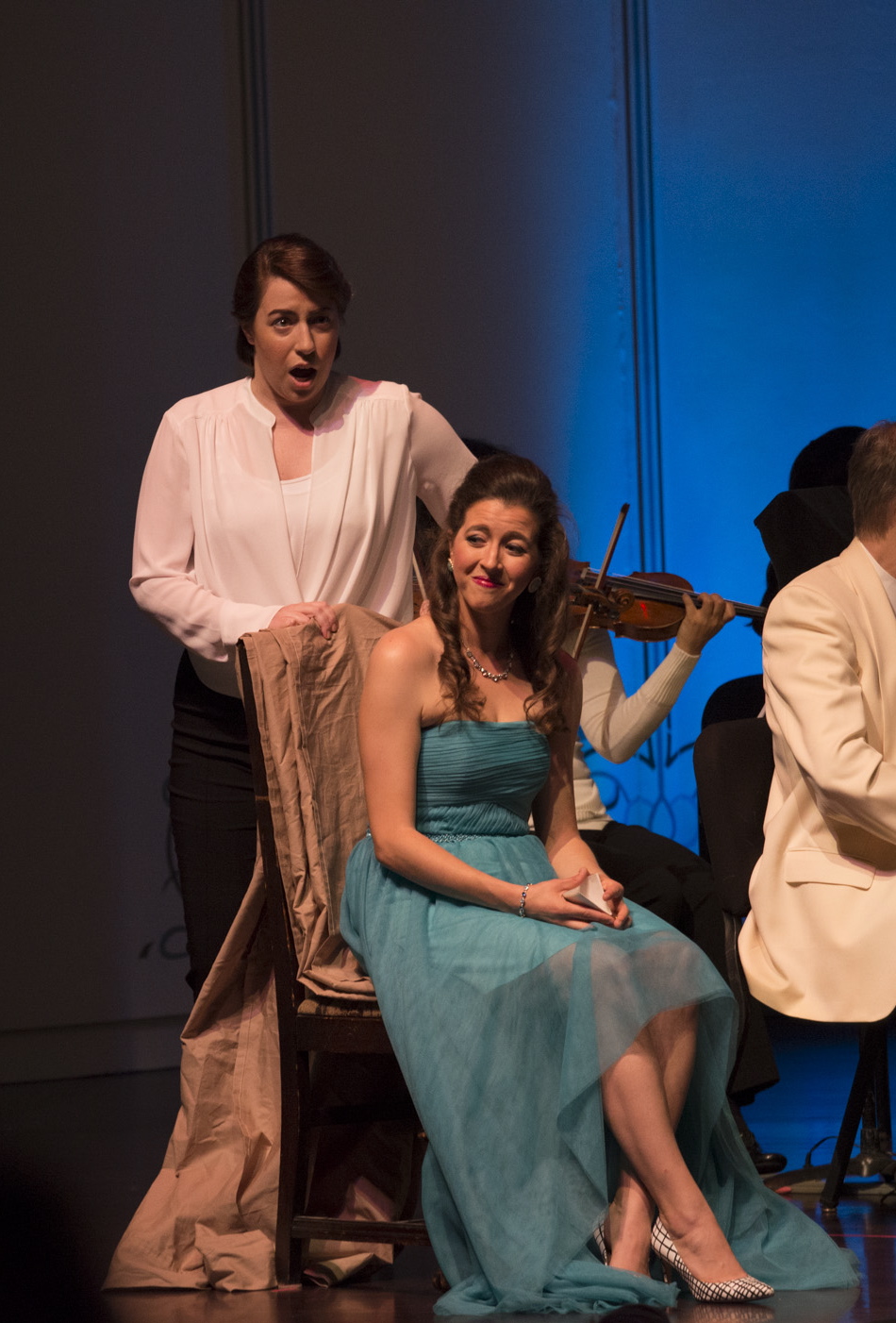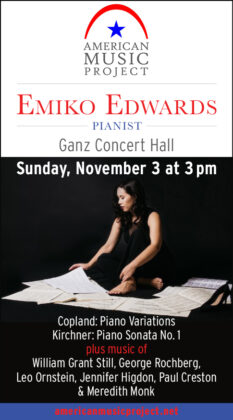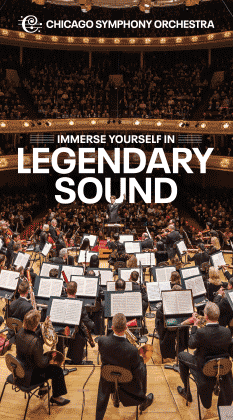Ravinia’s intimate Mozart magic remains with Conlon’s well-cast “Figaro”

One may have thought that the novelty had worn off for the Chicago Symphony Orchestra’s concert performances of Mozart operas with reduced forces in the intimately friendly confines of the Ravinia Festival’s Martin Theatre. After all, Ravinia music director James Conlon introduced the project in 2008 and has returned to the Martin every two years with a pair of operas, covering a range of Mozart’s immortal characters from the lecherous Don Giovanni to the virtuous Idomeneo.
Hearing the CSO perform Mozart operas inside the cozy 850-seat theater—which dates to Ravinia’s opening in 1904–may no longer be a surprising change of pace. But Conlon’s Mozart series is still one of the highlights of any Ravinia season. There was an electric buzz in the air Friday night for the first of two performances of The Marriage of Figaro (repeated at 1 p.m. Sunday). Many in the audience were still buoyant from the previous night’s Don Giovanni, and they anticipated similar vocal, musical and dramatic firepower from Conlon, his CSO colleagues and the cast headed by John Relyea’s cocky Figaro. They weren’t disappointed.
One key to Conlon’s success is a strong lineup of singing actors–some veterans, some zesty young newcomers on their way up. Another is the lively if bare-bones staging that scatters the singers, most in formal concert dress, into the Martin’s aisles, side wings and stage apron. Count Almaviva sulked in a stately chair on the edge of the Martin’s ornate proscenium. Jumping out of an invisible window, Cherubino clambered from the stage and fled up an aisle as fast as his legs could carry him. Harry Silverstein, who has directed other operas in Conlon’s Mozart series, knows how to get maximum dramatic impact from minimal props and stage space.
Relyea and Lisette Oropesa as Susanna were the exuberant leaders of Conlon’s Mozartean pack, returning in roles they sang in Ravinia’s 2010 Figaro. Relyea was a last-minute replacement for an ailing Ildebrando D’Arcangelo that year, and with a bit more rehearsal time this year the chemistry between Oropesa’s beguiling Susanna and Relyea’s endearingly confident Figaro was even more combustible. The combination of his big but expressive bass-baritone and her lithe, silvery soprano was enchanting. Moving with the elegance of a ballerina, Oropesa flitted easily between outraged innocence and wily cynicism.
Finnish soprano Soile Isokoski offered a bright, clear voice but also an apt strain of sadness as the betrayed Countess Almaviva. As her philandering husband, French baritone Stephane Dugout looked sleek and hip in his slim-fit tuxedo and close-cropped hair. With his agile, finely grained voice, he conveyed the angry bafflement of a master whose universe is crumbling around him. Renee Rapier’s Cherubino was wide-eyed and ardent, her mezzo-soprano touchingly innocent in the young page’s Act II serenade.
The rest of the cast offered equally nuanced portraits. Soprano Marie McLaughlin’s Marcellina bustled with the air of a proud yet irritated housewife. Tall, with a thatch of white hair, Kristinn Sigmundsonn’s imposing Bartolo brought to mind a veteran U. S. senator vigorously objecting to something or another. Canadian soprano Simone Osborne’s Barbarina seemed to burst with barely suppressed giggles and tenor Rodell Rosel’s Don Basilio with gleefully blatant schaudenfreude. Paul Corona as the gardener Antonio and Benjamin Bliss as the notary Don Curzio provided vivid comic touches.
The rare chance to hear a reduced contingent of the CSO up close and personal in a full-length Mozart opera is, of course, the bedrock of Conlon’s Mozart project. As usual, he set a brisk, high-spirited pace and the CSO responded with playing that sounded exceptionally lustrous in the theatre’s intimate acoustics. Musical details that sometimes can escape in the opera house were crystal clear. Short, forceful phrases from Kenneth Olsen’s solo cello punctuated Figaro’s plans to foil the Count, reflecting both his fury and his melting love for Susanna. At times the delicately prickly accompaniment from Audrey Saint-Gil’s harpsichord seemed to propel the action.
The Marriage of Figaro will be repeated 1 p.m. Sunday at Ravinia. ravinia.org.
Posted in Performances





